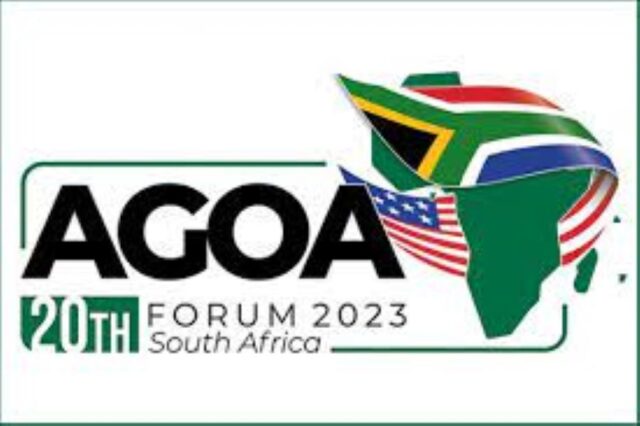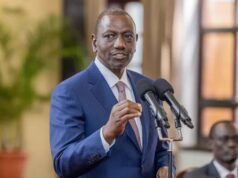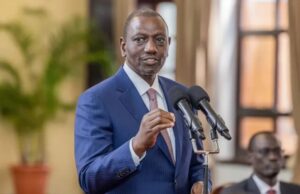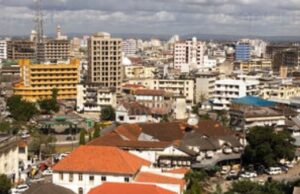
The annual AGOA Forum that concluded in Johannesburg last week witnessed intense deliberations on renewing the two-decade-old African Growth and Opportunity Act (AGOA). The Act is due to expire in 2025. African countries have sought a 10-year pact renewal before the 2024 U.S. election.
Since its launch in 2000, AGOA has become a cornerstone of U.S. trade policy toward sub-Saharan Africa offering duty-free access to the U.S. market for most exports from eligible sub-Saharan African countries. The legislation’s primary goal was to promote economic growth through good governance and free markets. To achieve this, countries were expected to adopt market reforms and improve law and order, human rights protections, and labour standards to qualify and remain eligible for AGOA. Though many of the ambitious targets of transforming African nations into democratic and market-friendly ones remain unfulfilled, AGOA’s net impact on raising the region’s trade volume and economic diversification efforts cannot be ignored.
As Washington is contemplating the future of AGOA post-2025, policy experts are calling for deep introspection on how far has the AGOA achieved its primary goal of improving trade and investment between the U.S. and Africa and what should be the way forward.
An analysis of the trade data reveals that while some African countries have capitalized on the preferential trade rules, many lagged. For instance, out of the 35 African countries that are eligible for AGOA now, Kenya and Lesotho stand out as high performers. About 88 percent of Kenya’s and 99 percent of Lesotho’s apparel exports to the U.S. benefitted from the US trade program. However, according to reports, almost half of all beneficiary countries had a utilization rate of about 2 per cent only. Such gross variation in utilisation rates has hindered the potential of AGOA.
Of course, several factors contribute to the low utilisation rates. These include business climate, non-availability of credit, poor internet access, low capacity, lack of government investment, high production costs, etc.
To qualify for the Programme, the countries should meet AGOA eligibility criteria such as trade and investment policy, governance, worker rights, and human rights. The eligibility criteria of each country are reviewed and determined annually. For example, recently US President announced that Uganda would lose access to AGOA over its anti-homosexual law, Niger and Gabon following military coups, and the Central African Republic (CAR), due to its alliance with the Russian Wagner mercenary group. AGOA benefits of Burkina Faso, Ethiopia, Guinea, and Mali were terminated in the earlier year. Ten other sub-Saharan African countries that remained ineligible for the program’s preference benefits are Burundi, Cameroon, Equatorial Guinea, Eritrea, Mauritania, Seychelles, Somalia, South Sudan, Zimbabwe, and Rwanda.
Some have challenged the removal of AGOA status because of human rights concerns. Political scientists point out that in the process, the ordinary people are punished rather than the governments. For example, Ethiopia was purged of the benefit on account of the war in the northern Tigray region ruining its two most successful exporting industries under the AGOA, clothes and leather. Similarly, Rwanda lost its duty-free access, after the country banned the import of second-hand clothes to boost the local clothes manufacturing businesses.
Effective Policy implementation of an eligible country avoiding policy ambiguity and policy conflict plays a crucial role. African nations who have developed a road map to exploit AGOA have gained. Exports to US by Countries such as Mozambique, Togo, and Zambia, surged by over 90 percent. As of 2022, 18 countries had developed a national AGOA strategy. Out of that, around 14 countries witnessed significant growth in their non-crude oil exports.
Global political and economic landscape has changed profoundly since AGOA was enacted in 2000. The revised version of AGOA must take into cognizance several factors such as the rising influence of China, ongoing African trade integration initiatives like the African Continental Free Trade Area (AfCFTA), global developmental priorities, carbon transition goals and so on. It should also ensure an inclusive trading partnership. Only then it will be able to deliver the long-term socioeconomic outcomes and build stronger US-Africa economic ties.










